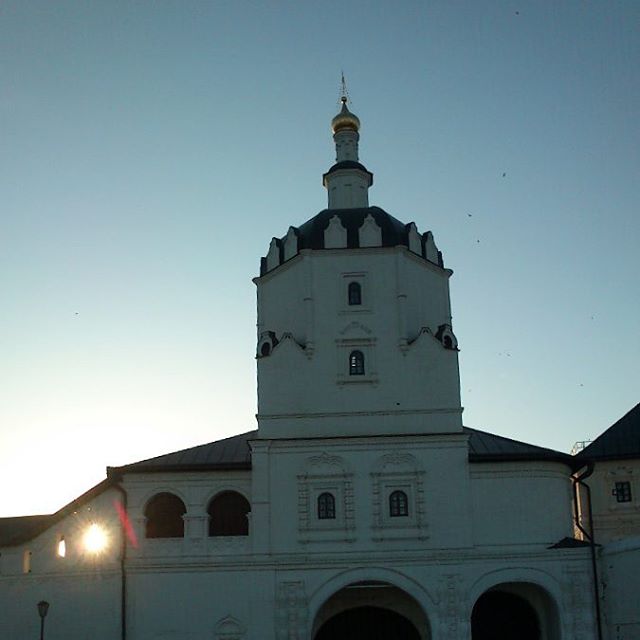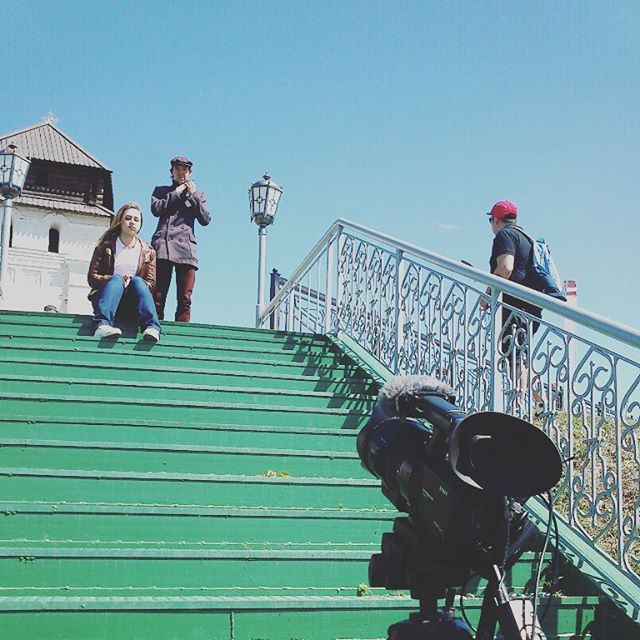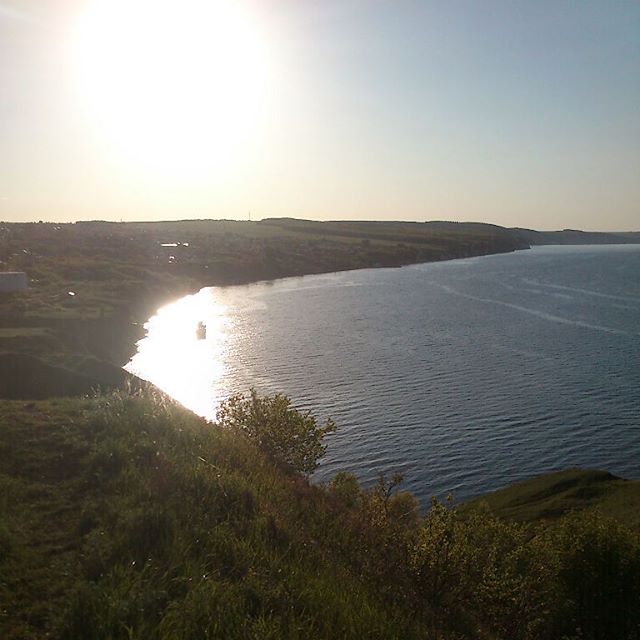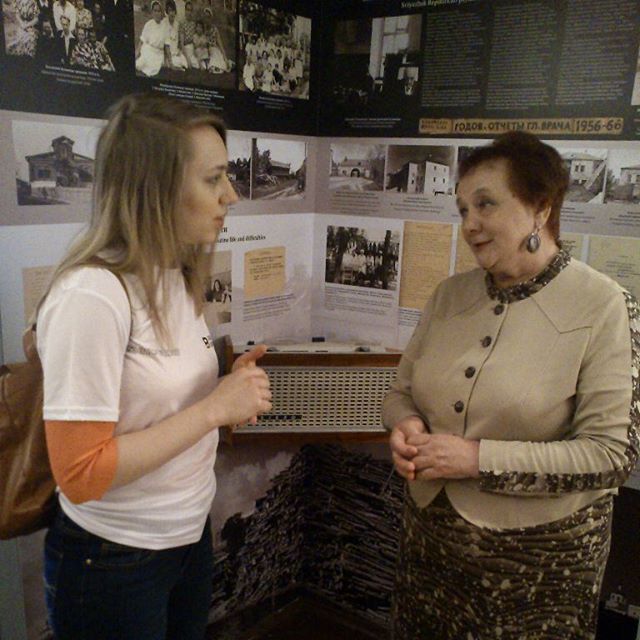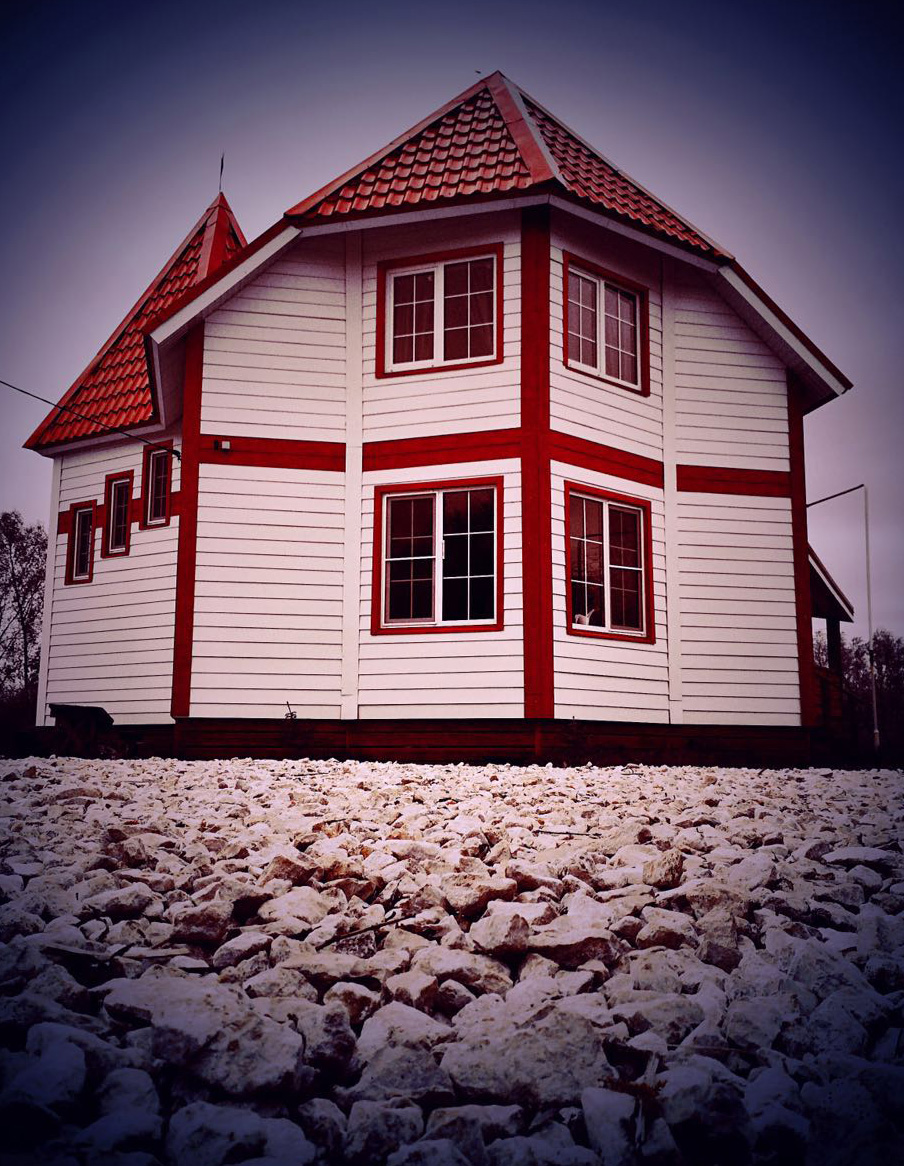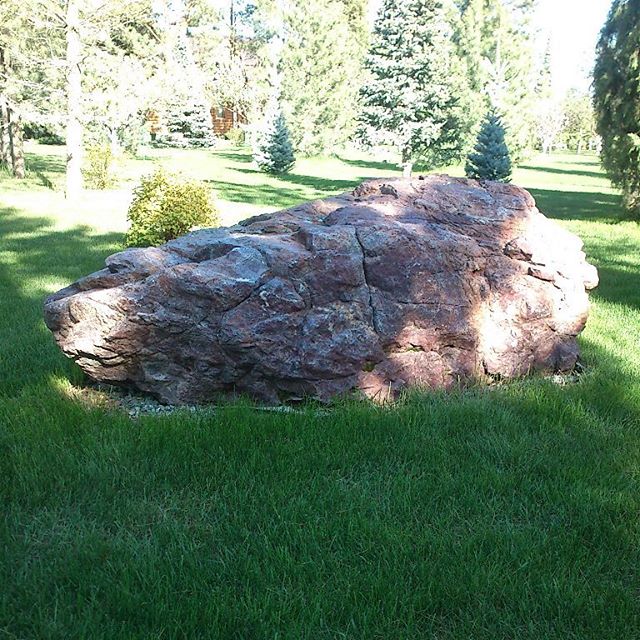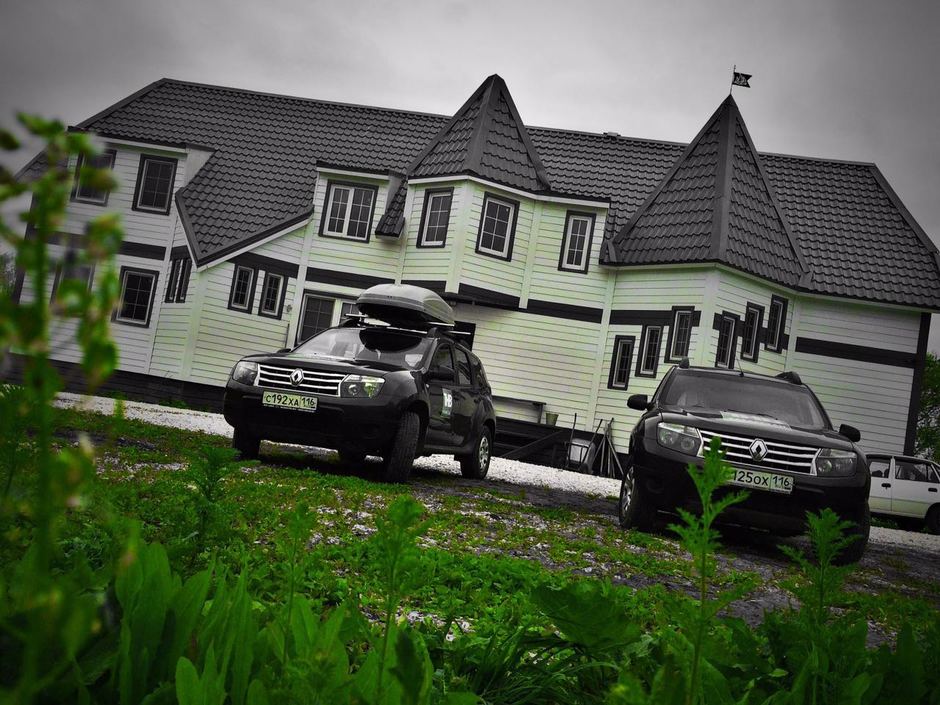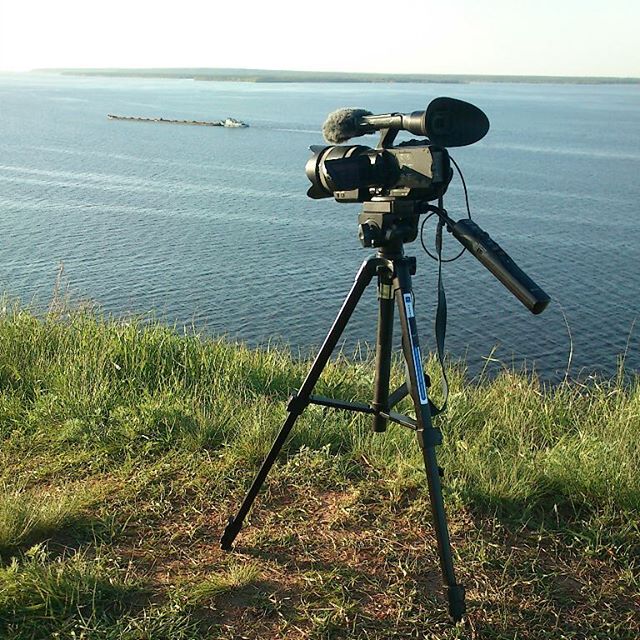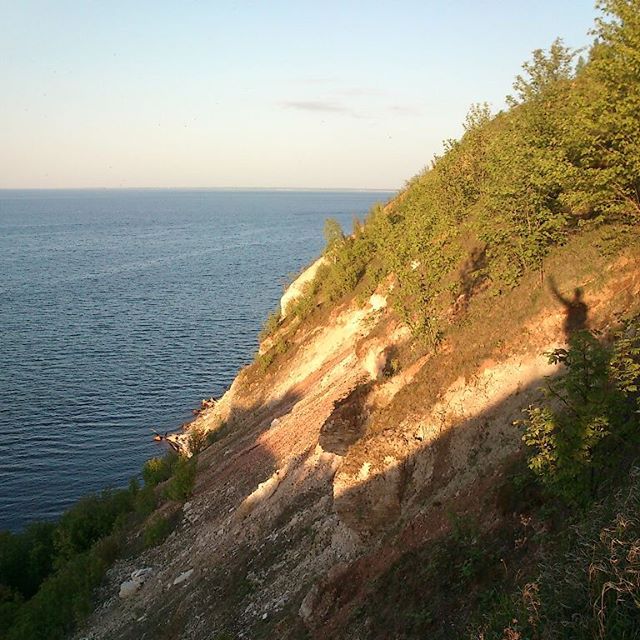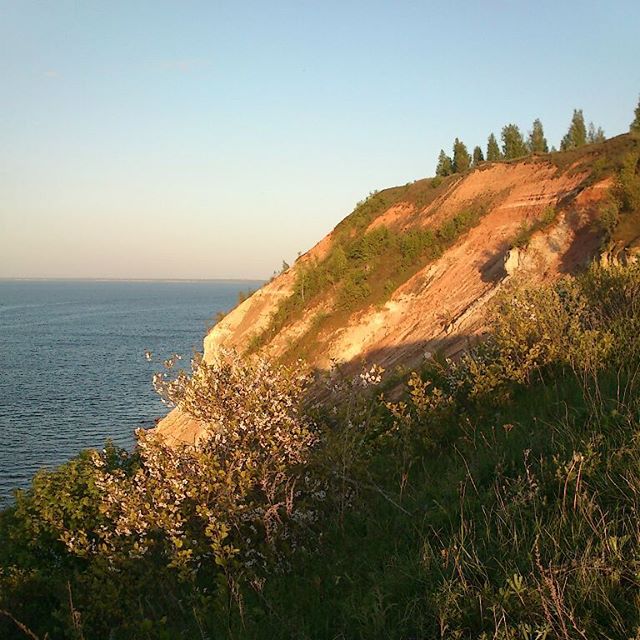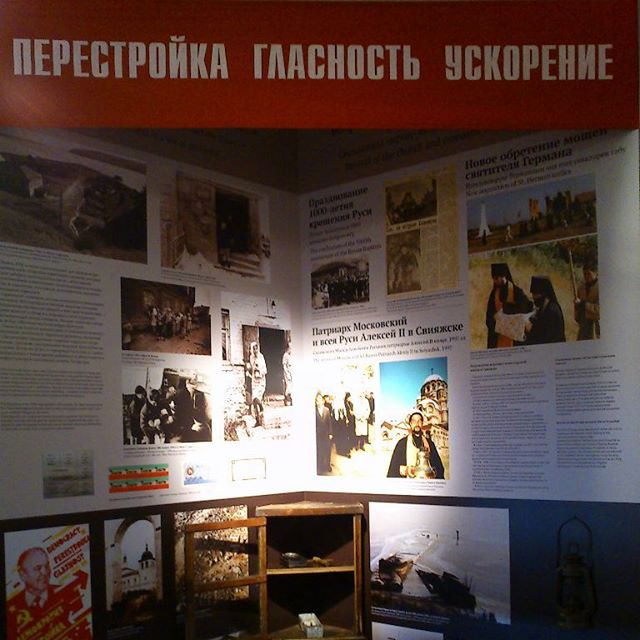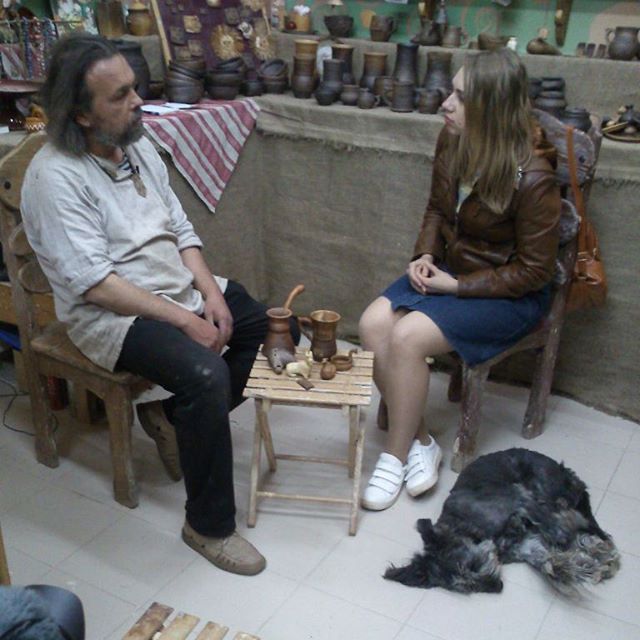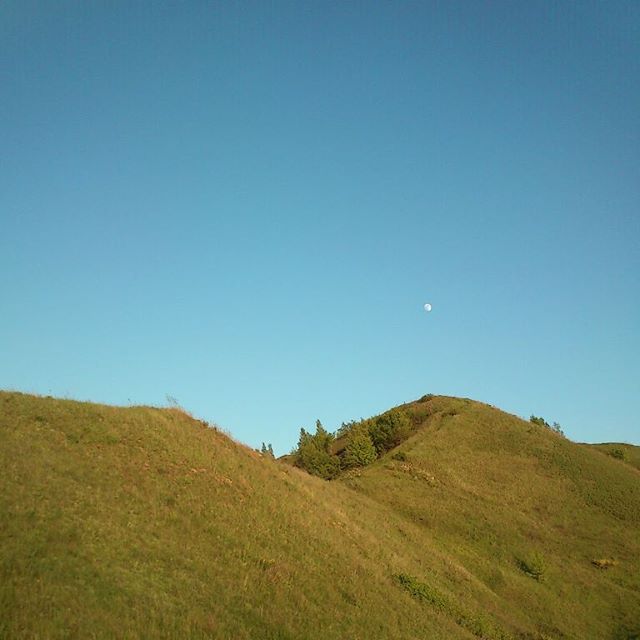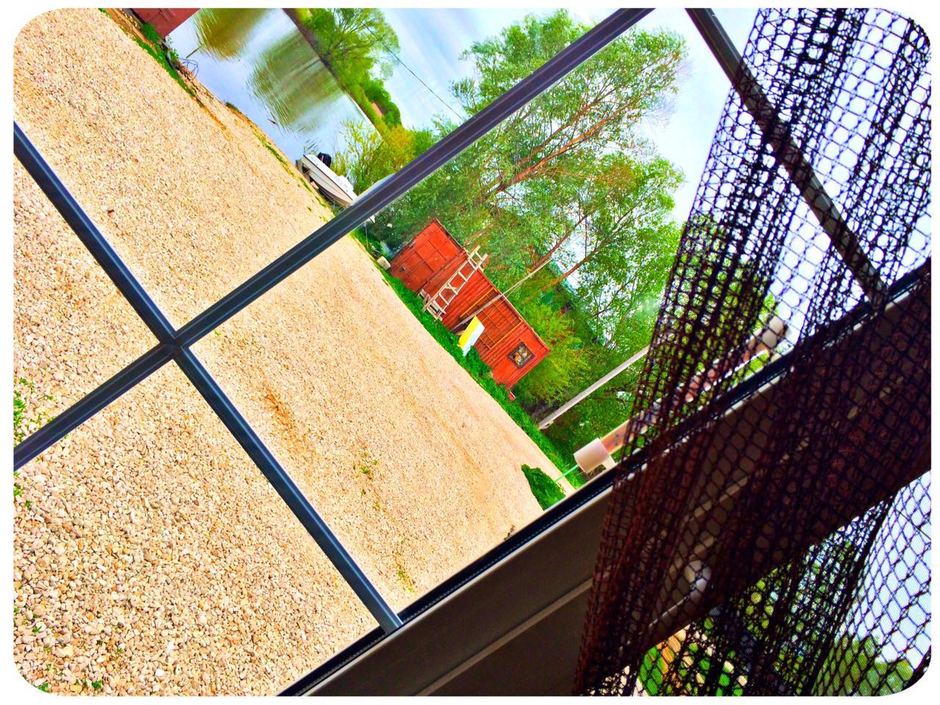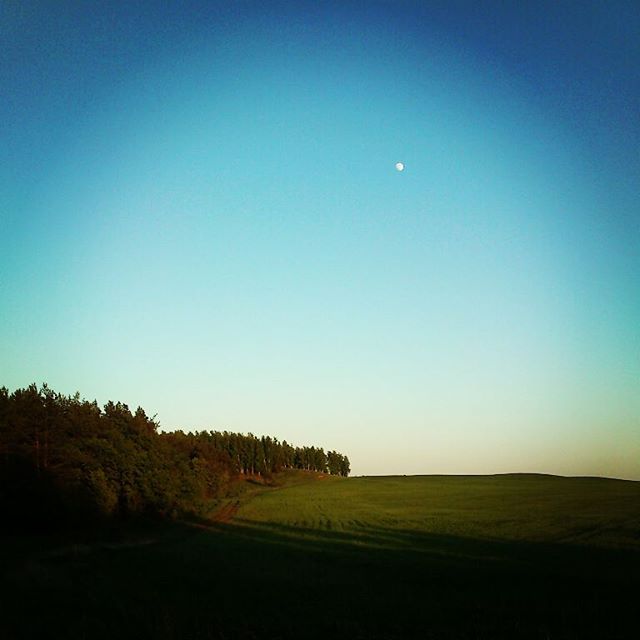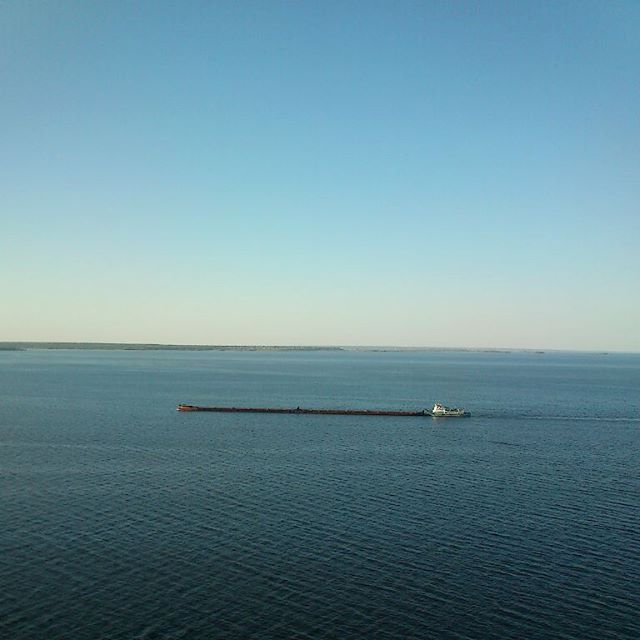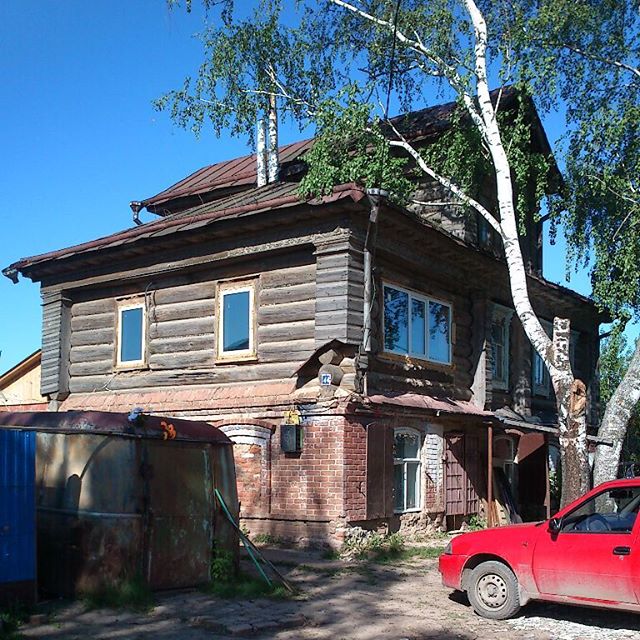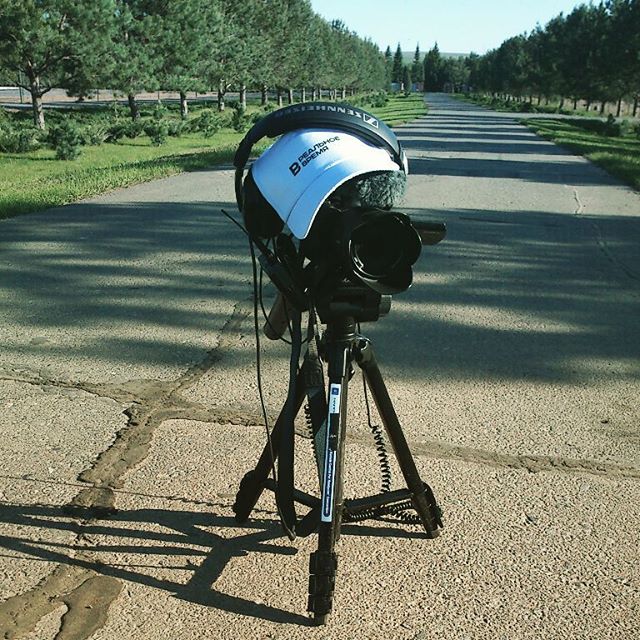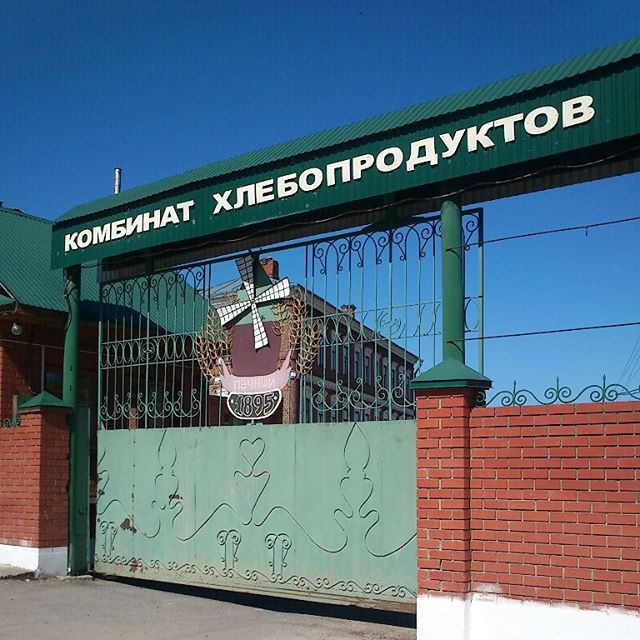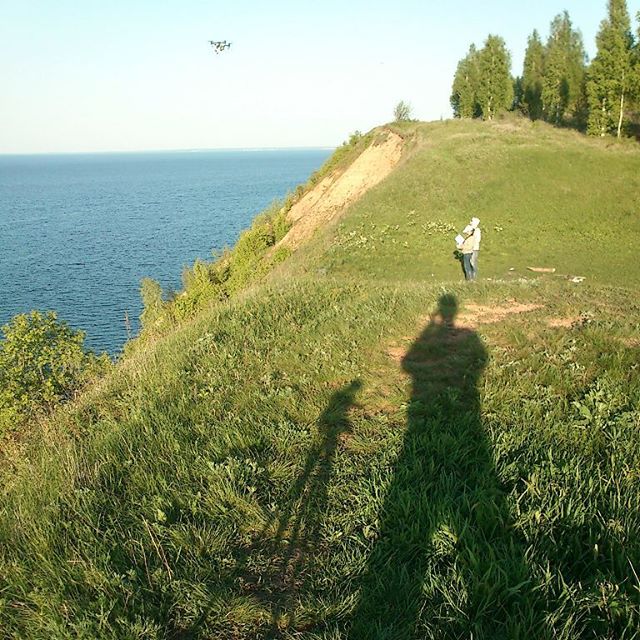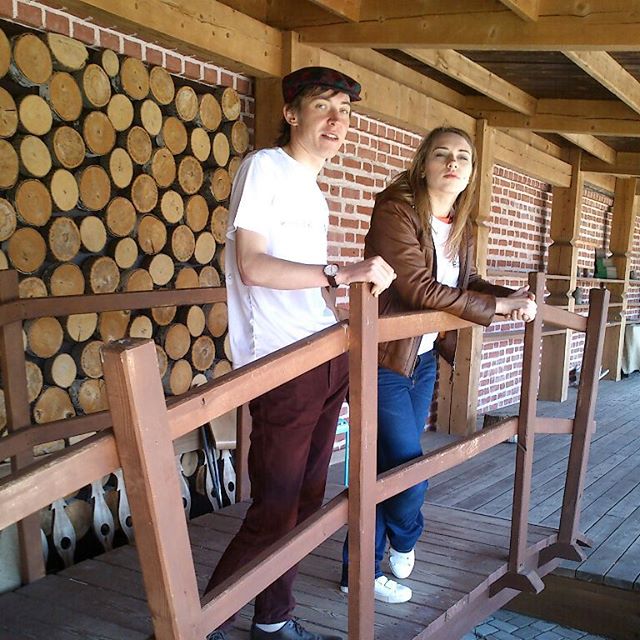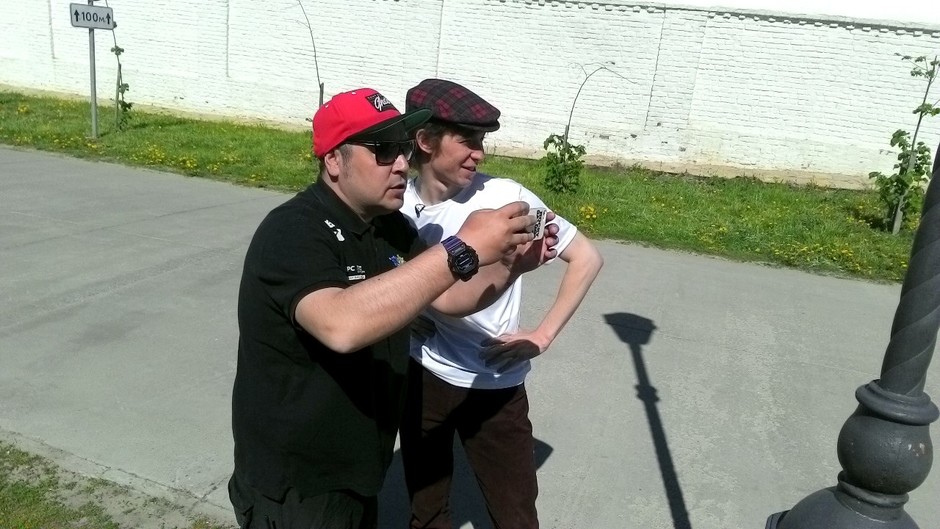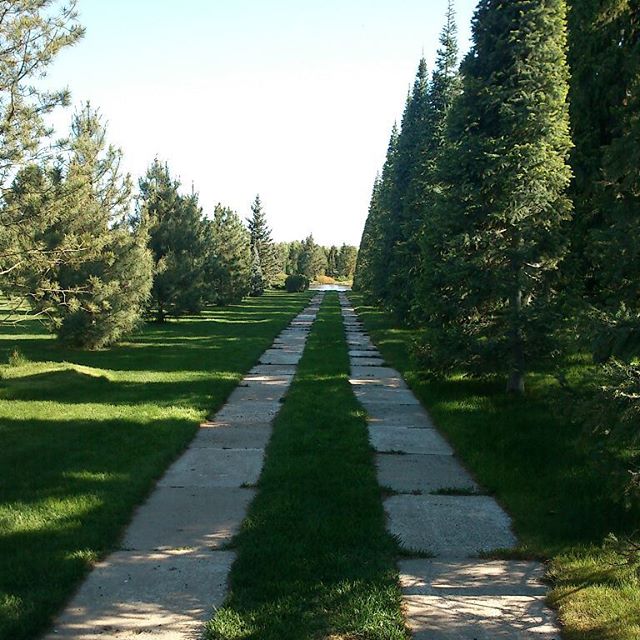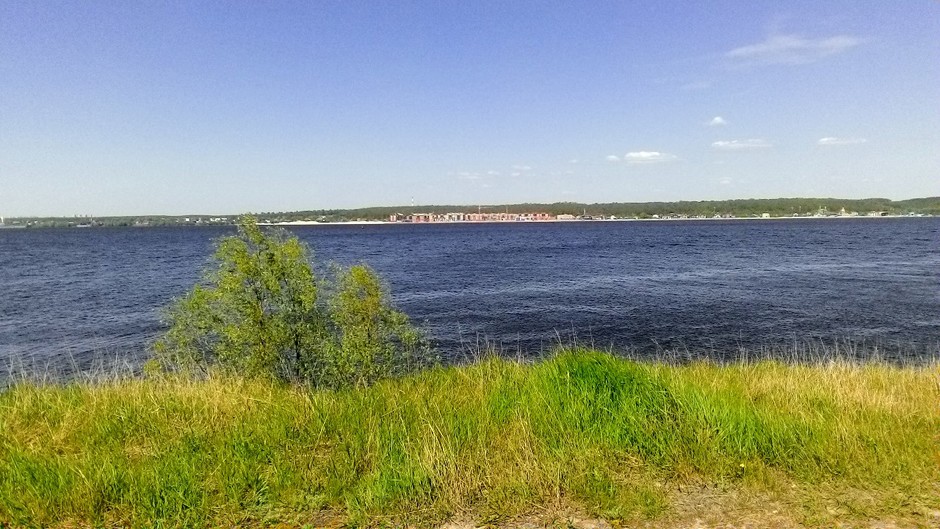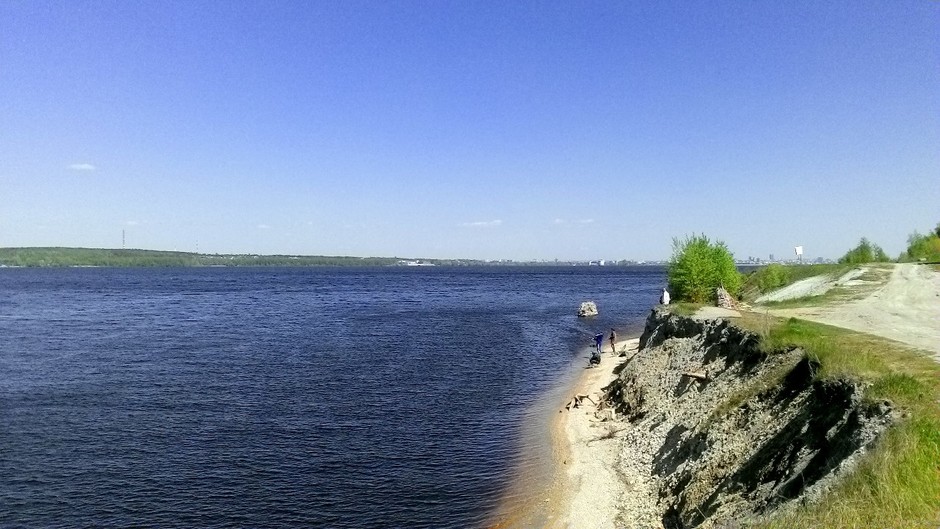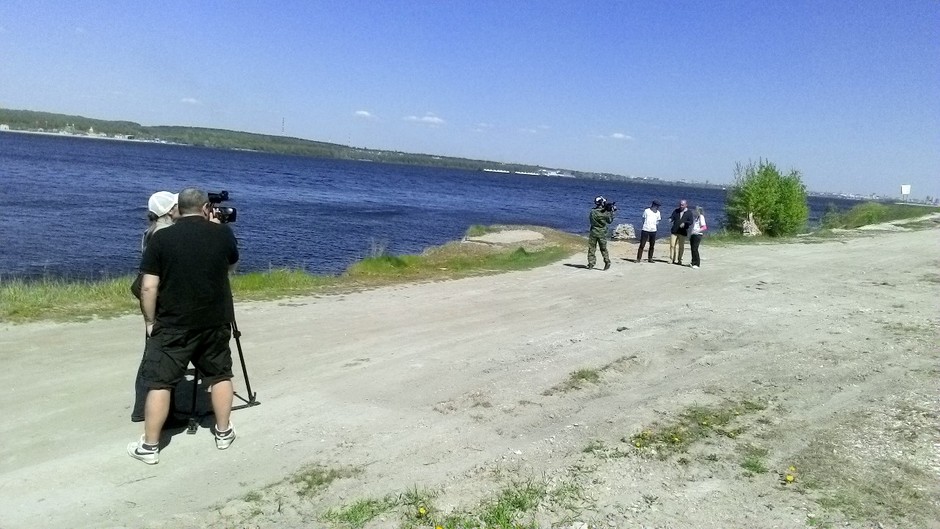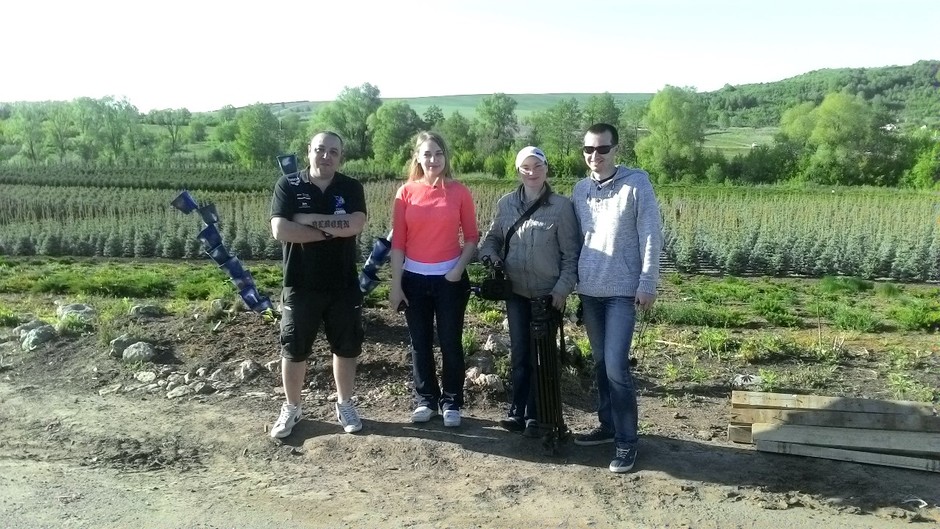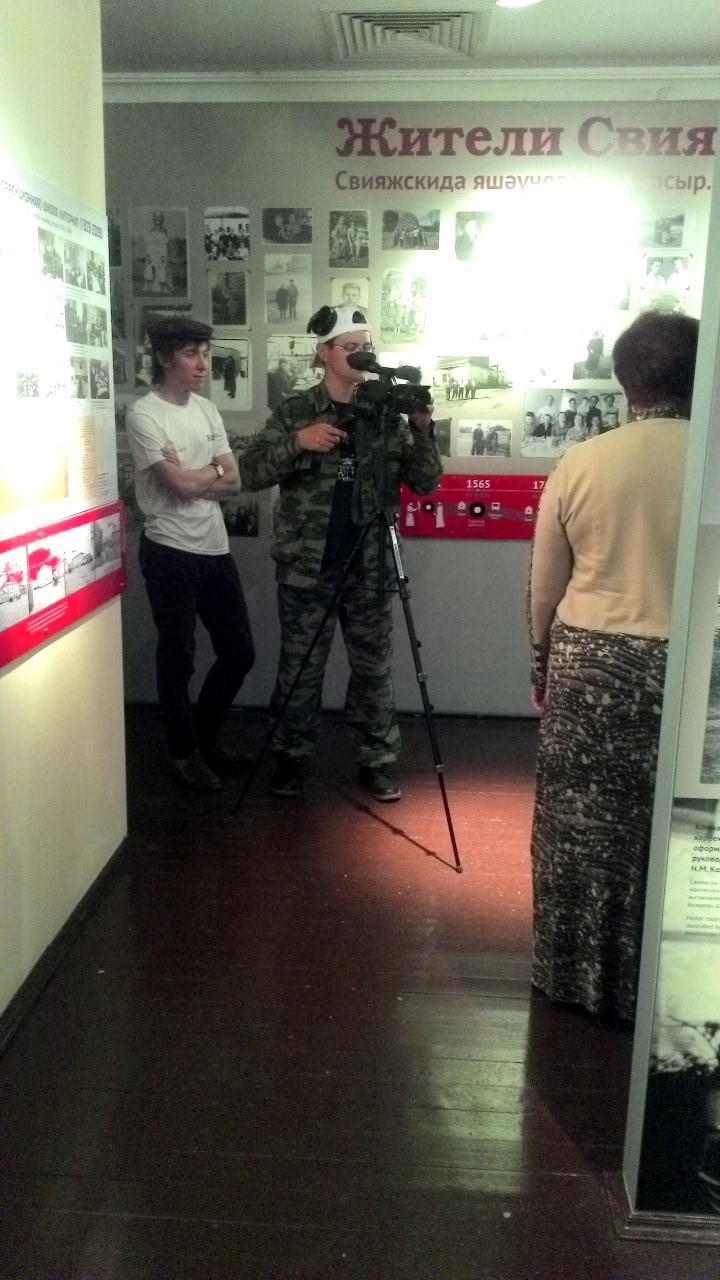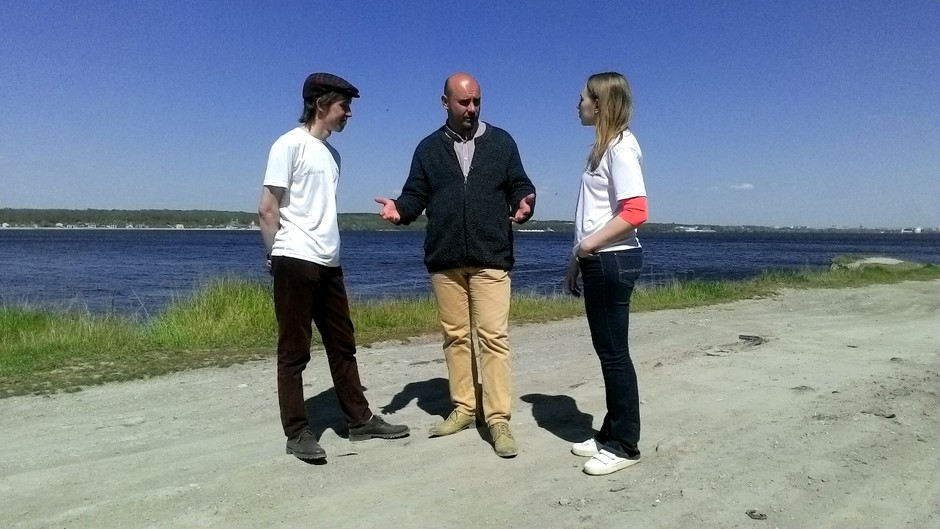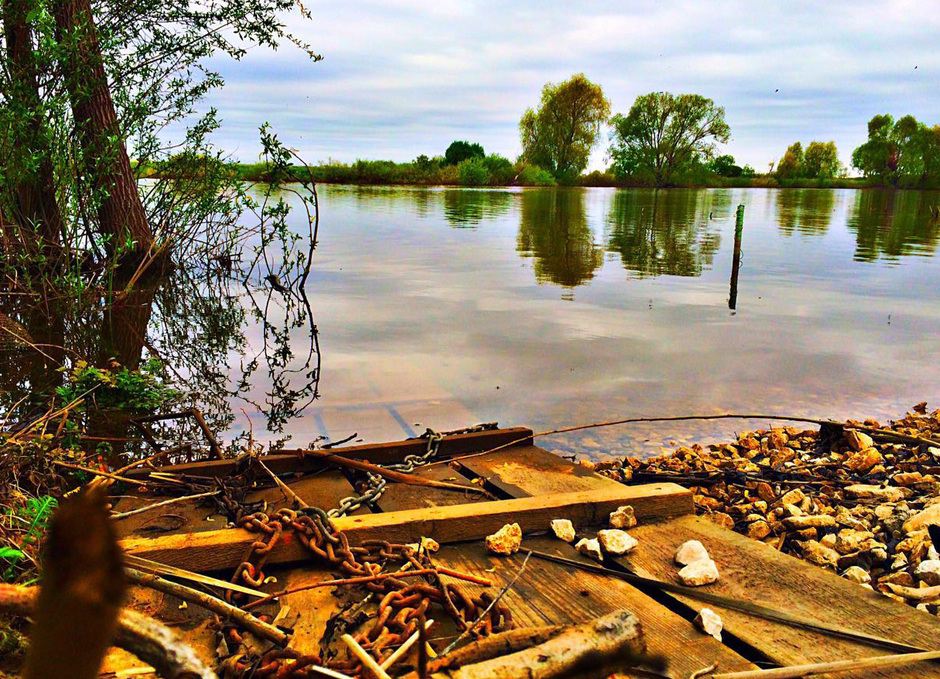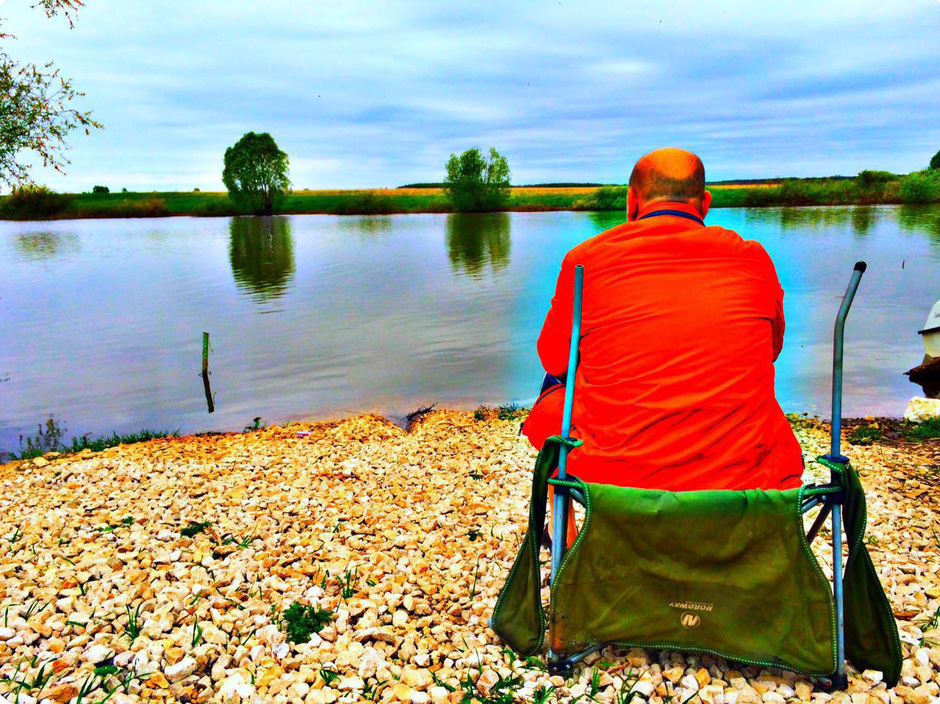Escape from the City: weekend routes in Tatarstan. Day 2. Sviyazhsk and the most beautiful river of Tatarstan
Expedition of Realnoe Vremya in search of the most interesting things in Tatarstan
Realnoe Vremya online newspaper presents a new project called Escape from the City! We created our own tourist route to travel around Tatarstan. We invited a journalist from Ufa Oksana Mamontova and a historian of engineering Airat Bagautdinov to cover this route. Oksana is looking for emotions and impressions, while Airat is in search of a historical value! They travelled during a week and summed up what they saw every day in order to share their impressions with the readers of Realnoe Vremya.
The second day was much calmer but no less busy. We got accustomed to the pace when we needed to manage to see everything. And we decided to do a sightseeing on the spot separately in order to be more effective, especially, because we have different interests, and share our impressions with each other in the evenings.
Sviyazhsk, artists and local people
Sviyazhsk was ahead. It is one of the most popular tourist destinations, a 'Buyan Island', a sad and radiant place where one always wants to come back. It is a point of interest where Russian and foreign tourists come even in winter. Only last year it hosted 260,000 people, and from 6 to 15 May 14,000 people came here. In 2016, Sviyazhsk expects to welcome at least 300,000 tourists on land!
Svyazhsk was founded in 1551 as Ivan the Terrible's fortress to attack Kazan. At that time the land of the island belonged to Chuvashia. Later the fortress became bigger than the Kremlins in Nizhny Novgorod, Pskov and Moscow. In the 20 th century, the island experienced a very sad story. In 1918, Commissar Troutsky shot one in ten soldiers of the Red Army who were accommodated in the military units of the island and failed to destroy the Whites in Kazan. In 1928, a juvenile labour penal commune opened in the Assumption Cathedral in Sviyazhsk. In 1943, military prisoners appeared in the colony. From 1937 to 1943, 5,000 convicts died in the colony that stopped being penal. Then a psychiatric ward was situated in the monastery from 1953 to 1994. A village appeared on the island after the creation of the Kuybyshev Reservoir. At that time Sviyazhsk was almost isolated from the world. But this fact allowed to remain a sheer oasis with a beautiful nature, without transport and industry. A new history of Sviyazhsk started in 2008 when a levee and road were built, and a large reconstruction with the participation of investors began.
In Sviyazhsk, we decided not to follow an ordinary tourist's route but try to see those people who are hidden from our eyes – local citizens. It is said many of the local people miss the era when there were no tourists, no road that provided Sviyazhsk with a real pilgrimage. It was a good day to explore the city – a working day.
If you also want to feel the mood of empty Sviyazhsk, the museum is the best place, as strange as it may sound. The museum, in itself, is very modern and rich in exhibits that were gathered from scratch during the reconstruction years. The establishment has many corners that a traditional tourist group doesn't visit. An exhibition about local people and artists who worked and lived on the island has an incredible spirit.
Oksana went to wander in the hall together with Lyudmila Yeliseyeva who moved to Sviyazhsk in 1986 to live and work as a teacher. And, unconsciously, turned out at her relatives' home. One could ask her questions endlessly. She can tell a whole story about each local citizens whose photos filled the wall of the exhibition hall.
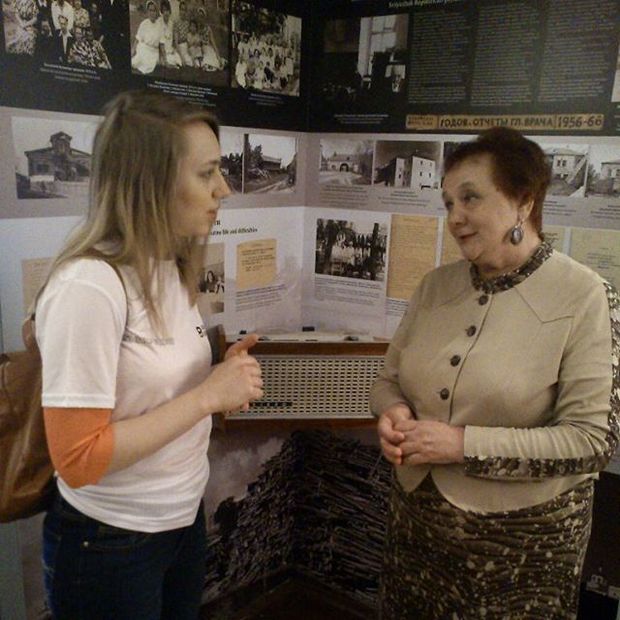
Lyudmila Yeliseyeva became a real investigator and collected a great deal of information about the history of Sviyazhsk, though, initially, there were not any sources.
'There was Fechner's book called Great Bolgar. Kazan, Sviyazhsk and Nothing Else. I walked around the Assumption Cathedral that was not lightened at that time and looked at its frescos. So, I gleaned information that became an excursion about local people,' Lyudmila Yeliseyeva told.
'Sometimes I saw lights on the other bank, it was so sad. My house is near the Schuka River. I don't have neighbours but sunsets. No sunset is repeated. Then I thought: 'People are living here. Why do I need to leave it?' I decided to care about the people who live here. History is not created thanks to big people only! I set a task to talk to old residents and record their stories while they are alive. And I did it!' she said.
According to Lyudmila Yeliseyeva, the people's attitude to tourists is different. In the beginning they criticised the idea saying that strangers would enter their sacral world. 'When tourists leave now, our people will start to come. We are 248 people in total. 70 of them are pensioners, 25 – young people under 30. In summer the population is about 500 – plus, gardeners,' she noted.
As the main character told, one easily gets accustomed to good things, and local people appreciated new communications and the infrastructure that appeared together with the renascence of Sviyazhsk.
Artyom Silkin, director of Insular City of Sviyazhsk, is among those who write the modern history. He became a real PR director for Sviyazhsk: reading his blogs, you feel the spirit of this place. He studies archives, writes much about Sviyazhsk, printed a book like One plus Nine, looks for incredibly curious stories about the island that can become plots for films.
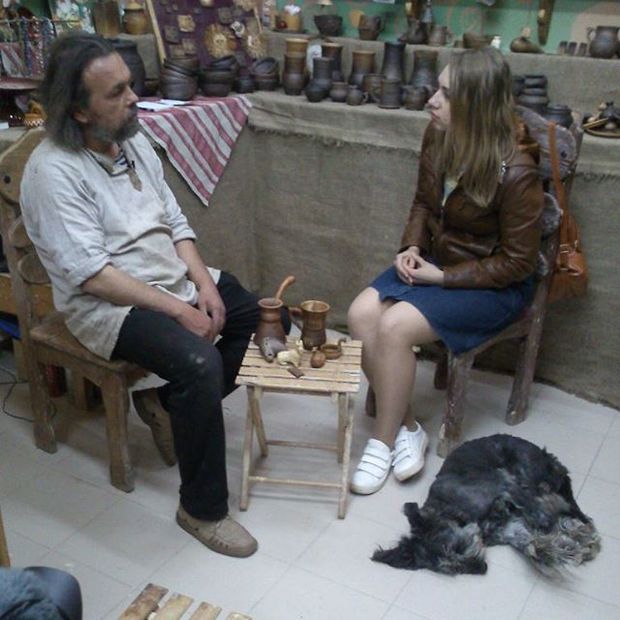
In spite of the fact that the plots are fairy-tale, he doesn't think Sviyazhsk is an anomalous place like other people do. For example, artist and potter Evgeny Ivanov says that not all people can remain in Sviyazhsk – only local people and those who have a strong psyche. The island doesn't accept all people. He came to the island because Mintimer Shaimiev invited him. He stayed here for several months, but finally remained as well as many artists who equipped the workshops in Sviyazhsk for themselves: Anatoly Yegorov, Rashit Safiullin, Ilya Artamonov, Evgeny Golubtsov, etc.
'Initially they used to say: 'We cannot write. We just walk, breath Sviyazhsk and admire it.' And then they wrote much.'
Excursion buses go from Kazan en route Insular City of Sviyazhsk –Raifa Monastery – Temple of All Religions. Different operators offer tours for about 1,500 rubles. If you go from Kazan to Sviyazhsk on your own, the road will take about an hour, and a very picturesque road is waiting for you. You need to have some extra time if there is a traffic jam in the Gorkovo Highway and the bridge across Volga, which is under repair every year. Another traffic jam may welcome you one the bridge across Sviyaga. The parking on the island is big and free. The price of a ticket to the Museum of Sviyazhsk is 300 rubles for adults, 180 rubles for pensioners, students and schoolchildren, and kids under 7 can enter for free.
Pechichshi – Verkhny Uslon – Tenki – Kamskoe Ustye
From Sviyazhsk, we slowly set out on the next stage of our route. Despite the fact that we wanted to stay and it was already time for lunch. By the way, in Sviyazhsk there are at least four food services areas. First, the prices are like in the city, the quality is appropriate. But they work until 5.00 pm.
We decided that the route is more important that lunch. Especially as we hastened to meet an interesting person – Leonid Abramov, known for Kazan citizens as a blogger from Facebook, who tells interesting stories about our Republic. The history, for example, of the right bank of the Volga River is fascinating.
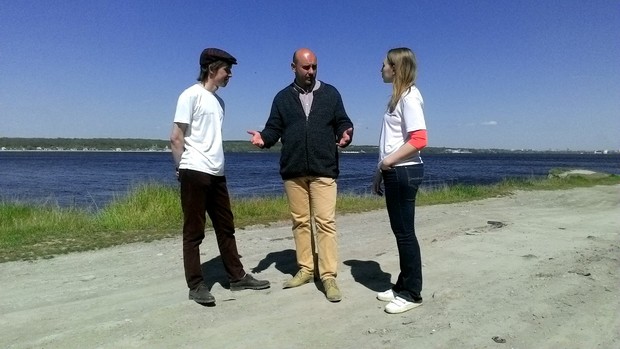
There is hardly anyone who knows about the local places better than Leonid. We met him in Pechishchi. This place is beautiful when you look at it from the river, sailing by boat. We chose the bank as the place of meeting. It is a nice place for communicating – in the front – Kazan, at the feet – the large beautiful Volga, from the right – a cliff that looks like a cake with layers. This cliff is, perhaps, the most remarkable place of the right bank of the Volga in Tatartsan, the object of world significance. The cross section of Pechishchi was studied by the world famous scientists, for example, Roderick Impey Murchison, who gave the name to the Permian period, the period of the section.
Every layer of the Pechishchi section relates to the depositions of a certain period, and all together they account for millions of years. More than two hundred million years ago, the territory of Tatarstan was covered by the waters of large Kazanskoye Sea, which spread from the Zavolzhye and Preduralye. The precious limestone, sand, dolomite strata have long been deposited here. The period of their emerging — 250-280 million years ago. This cycle is represented in Pechishchi, so to say, in all its beauty.
You can do the same thing – just to walk along the bank of the Volga, watching at the section, at the other bank of the Volga where there is the Temple of All Religions designed by Ildar Khanov. By the way, you can go to the Temple by car. On the bank there is also the furnace where the building material for Kazan, Sviyazhsk, was produced before the invention of cement.
Or you can go at the top, where you will find the 18-meter gap at the top of steep hill, the descent is possible only with the climbing equipment. Inside, there are three grottos of medium size. They say that gap leads to the cut off by landslides part of the adits of Pechishchi mines, the estimated length of which, according to the archives, is about 10 km. Inside the gap, there is a noticeable movement of warm air. We can't prove this information, we did not check it.
At the top, you can find the Museum of the Belarusian poet Yanka Kupala on the territory of the mill of Pechishchi plant (an entrance ticket is 40 rubles, a preferential entrance ticket — 20 rubles, a tour — 50 rubles). There is the exposition dedicated to the Geology. But, according to Leonid Abramov, the best geological museum can be found in the KFU. Few people come to Pechishchi, although this place is of global importance. Abramov believes that traditional museums are generally outdated, a spectacular exposition is needed, and it is here, in Pechishchi, with its spectacular views, huge vertical wall, it is possible to do. 'Today, the museums are competing with the Internet, the shows like Circus Du Soleil. Today we have 3D, 5D, none of us knows what will happen next. We must live according to the laws of the genre,' says Leonid Abramov, a great patriot, who is absolutely sure that Pechishchi has enormous tourism potential.

Verkhny Uslon – Nariman – Tenki – Kamskoe Ustye
The next stage of the trip seemed to be just a fairy tale for the crew. In addition to the interesting conversation with Leonid Abramov, who organized the tour of the right bank, we just enjoyed the views of the Volga. Probably the most beautiful in Tatarstan.
We found that that the route that was planned in advance is just beautiful. It is worth going. All the right bank of the Volga – it is incredibly picturesque villages: Verkhny Uslon, Nizhny Uslon, Tenki, Antonovka, Krasnovidovo – go to any. Unfortunately, we did not have the time to visit Krasnovidovo. This place is well known by the fact that Maxim Gorky lived here in 1888. Also, we did not visit Antonovka village, where people come in search of calm and joy, especially Tatarstan citizens (and not only) – now this is one of the most famous ecovillages in the Republic.
We could not help but visit Verkhny Uslon, which offers one of the best views of Kazan. Tenki, where there is a huge nursery at 300 hectares, which takes the tradition of crop production in these places from the nineteenth century. Here, our Oksana, who confessed her love to plants and industries, could channel her energies into a fruitful direction because the nursery is a real production line, where at each stage the plants go through creche, kindergarten and school, growing up strong and beautiful trees. By the way, here in Tenki we had lunch. At a roadside cafe the food was properly cooked, there was even a washstand, quite authentic.
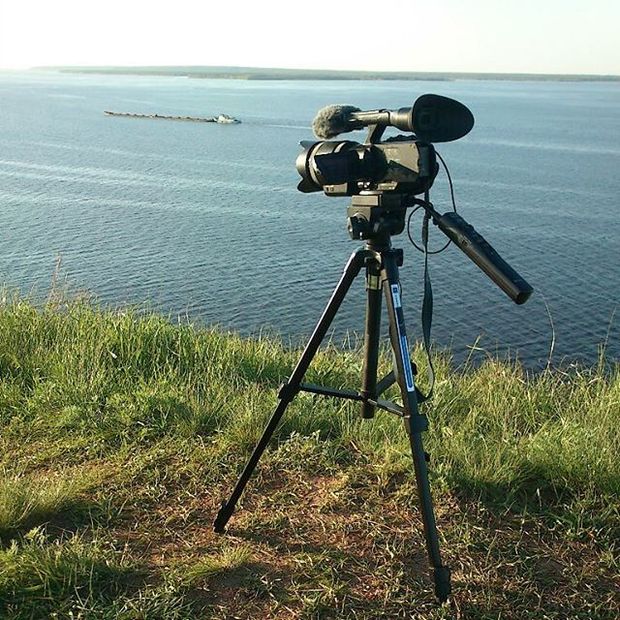
And of course, visit Nariman, where there has been preserved, though in ruined condition, the estate of Paulucci, the representative of the noble Italian family. We will not bore you with the facts, look in Wikipedia to ensure the uniqueness of the history of his family. We will only tell that the famous Markiz Island opposite to Kazan is named in honour of the marquis Paulucci, to whom the lands near Kazan were bestowed by Catherine the Great!
When you visit the right bank of the Volga River, devote at least two days in order to have enough time to enjoy Kamskoe Ustye without hurry. We came here just to look at the water wideness, the result of the confluence of Kama and Volga. Or you can find a guide among the climbers, who train there, in order to try climbing. Or speleologists – to visit Yuryevskaya Cave.
Yuryevskaya Cave is one the famous caves in the Republic of Tatarstan. It is located in the Kamsko-Ustinsky rayon to the south-east of Tenishevo settlement, in the Bogorodskie hills. Since 1986 it is a monument of nature of regional importance. Yuryevskaya Cave is the only one in the Republic available for the tourists. In its vicinity, at the steep bank of the Volga River there are inactive gypsum tunnels, open for the tourists. The tours that include excursions can be organized by different tour companies. For example, one of the offers – 2-days tour for 2500 rubles per one person and 1000 rubles for a child under 12.
We, who are rushing to drive around Tatarstan for 8 days, have the time only to meet the sunset at one of the fishing bases, where we had booked rooms, that turned out to be very comfortable. The prices are also nice. Dinner, bed and breakfast are for 1250 rubles for a person.
Follow the next part of the route.
